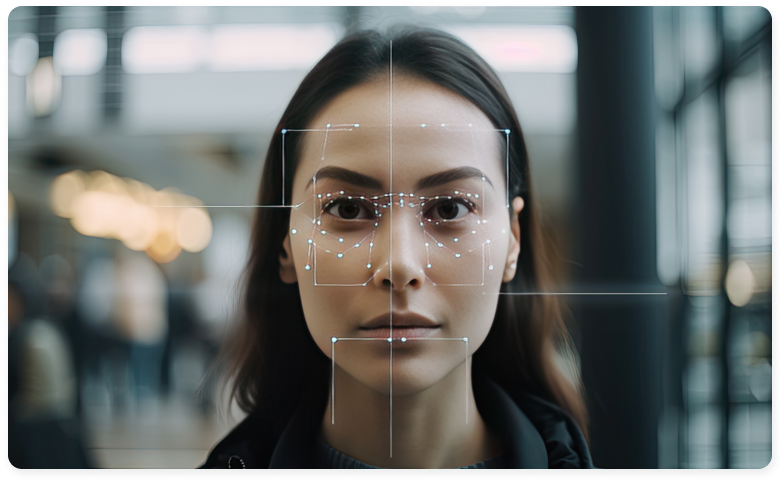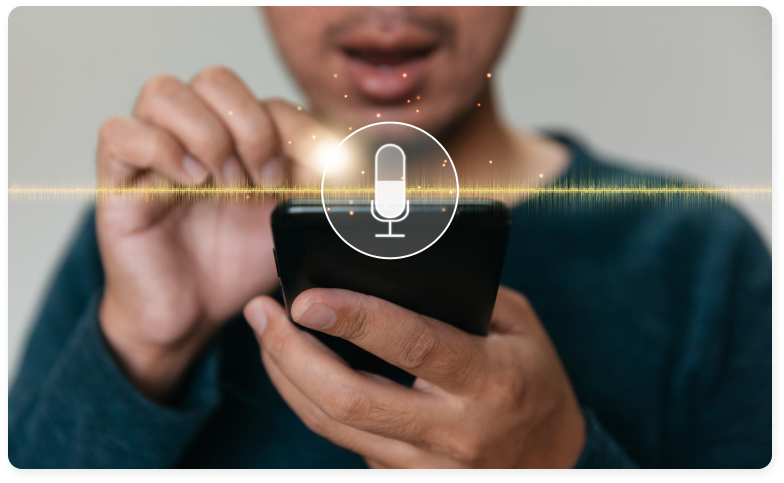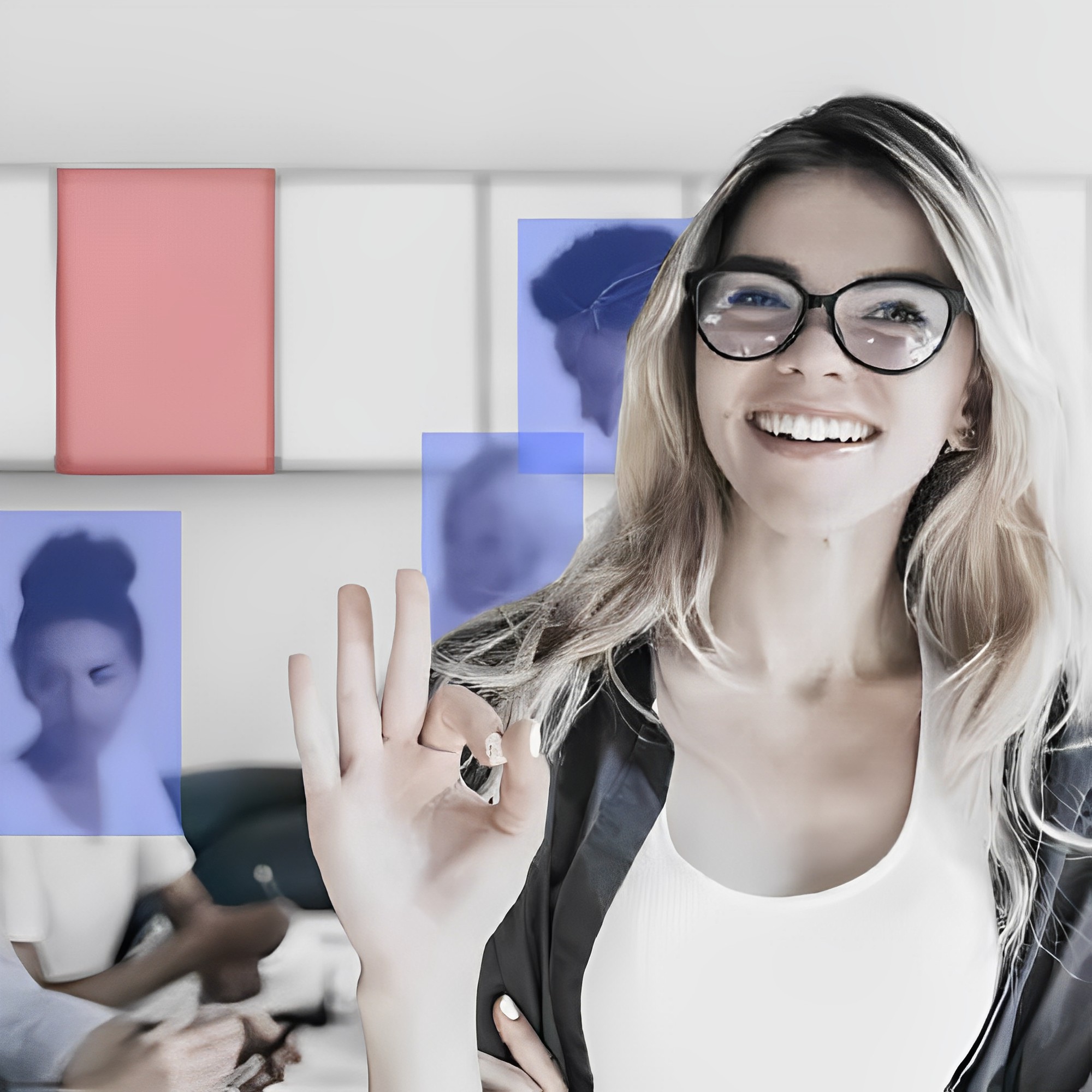Biometric data










We’ve been working
with biometrical data for 6 years
-
99.8% accurate/01Percentage of the cases in which the technology matches records
-
100% universal/02People in datasets are from different regions and age groups
-
92% stable/03Percentage of the biometric permanence over time (e.g., for children, or the elderly)
-
100% compliance with documentation/04Sign NDA, provide all closing documents for the project and dataset
Biometrics datasets help with
Face recognition
Face recognition uses the features of the face that do not change significantly with age or through surgery. These include the eyebrow ridge, cheekbones, edges of the mouth, distance between the eyes, width of the nose, and shape of the jawline and chin
Currently, face-recognition technology is used mainly in security (such as in automated border clearance systems and surveillance) as well as to govern individuals’ physical access to facilities


Voice Recognition
Voice-recognition technology interprets voice patterns to recognize individuals based on the tone of voice. These systems use a spectrograph to convert collected voice samples into a visual representation of a sound. This spectrograph is then used for verification or identification purposes
Using more than 100 physical and behavioral factors (including pronunciation, intonation, speed, accent, vocal tract, and mouth and nasal passages), voice-recognition technologies can create a unique voice signature of an individual
Voice recognition is now being used by many banks as a biometric authentication method, especially when providing banking services to customers over the phone
Voice recognition is expected to grow the most among biometric technologies, from $10B to $27B in 2027 (+63%)
What problems does
voice recognition solve?
-
PerformanceThis technology can be used in large-scale identification systems, including inter- agency and cross-border identification cases, since the accuracy of three-dimensional face matching has improved significantly
-
AdoptionFace-recognition capture technology is relatively easy to use. Taking a photograph requires minimum training for operators and little behavioral change in users
-
AffordabilityFacial recognition has become increasingly affordable due technological advances in smartphone camera systems. Where facial-recognition systems are used for automated identification searches (1: N) on large databases with poor- to medium- quality of input photos (which is often the case), system owners can expect higher operating costs due to a higher rate of manual adjudication
Biometrics datasets
Datasets provide vital information for security development and if your company works with biometrics – our datasets can provide accurate data that is the base of a successful project/ More successful projects – more revenue
Why
Training Data
- Quality Assurance:
-
Enhanced Data Accuracy
-
Consistency in Labels
-
Reliable Ground Truth
-
Mitigation of Annotation Biases
-
Cost and Time Efficiency
- Data Security and Confidentiality:
-
GDPR Compliance
-
Non-disclosure agreement
-
Data Encryption
-
Multiple data storage options
-
Access Controls and Authentication
- Expert Team:
-
6 years in industry
-
35 top project managers
-
40+ languages
-
100+ countries
-
250k+ assessors
- Flexible and Scalable Solutions:
-
24/7 availability of customer service
-
100% post payment
-
$550 minimum check
-
Variable Workload
-
Customized Solutions
Project Team Leads



